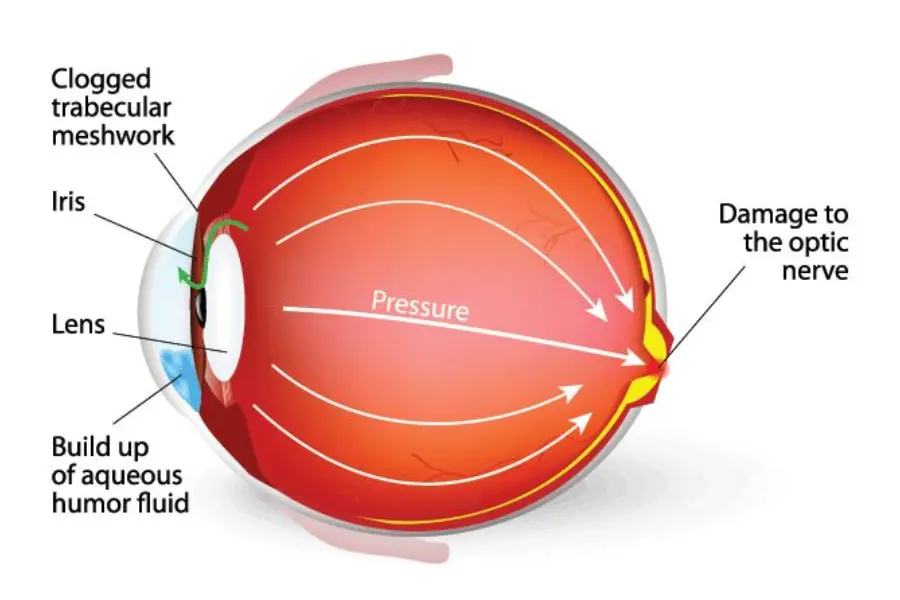
The world of eye health is rife with complexities, and Pseudoexfoliation Syndrome (PXF) stands out as a mysterious yet significant player. This enigmatic condition, often lurking undetected, demands our attention for its potential impact on vision. To comprehend the intricacies of Pseudoexfoliation Syndrome is to equip ourselves with the knowledge needed to address its challenges and implications. In this blog, Dr Nandita Rane- a leading ophthalmologist in Chembur will help us better understand the enigma-pseudoexfoliation syndrome.
Pseudoexfoliation Syndrome is an ocular disorder characterized by the abnormal accumulation of a peculiar material within the eye. Despite its name, this substance is not a true exfoliate; rather, it manifests as a flaky, white material that deposits on various intraocular structures. The lens, ciliary body, zonules, and trabecular meshwork are among the structures affected by this complex protein matrix.
PXF tends to manifest predominantly in older individuals, with a higher incidence observed in those aged 60 and above. While geographical variations exist, the prevalence of the condition is notably higher in Scandinavian and European populations compared to Asian and African populations.
However, individuals of age, be it young or old must get their eyes checked regularly in order to maintain optimal eye health.
One of the perplexing aspects of Pseudoexfoliation Syndrome lies in its often subtle or asymptomatic nature. The condition itself may not present noticeable symptoms, but its consequences can be far-reaching. The primary concern is the heightened risk of developing Pseudoexfoliation Glaucoma (PXG), a severe form of open-angle glaucoma. The accumulation of pseudoexfoliative material impedes the outflow of aqueous humor, leading to elevated intraocular pressure and potential optic nerve damage.
Spotting Pseudoexfoliation Syndrome requires a keen eye during routine eye examinations by a professional like Dr Nandita Rane- a trusted eye specialist in Chembur. Ophthalmologists may identify distinct white flakes on the anterior lens capsule. However, the challenge lies in its potential subtlety and variability in presentation. Specialised techniques, such as gonioscopy and slit-lamp biomicroscopy, become invaluable tools in visualising the material on various intraocular structures.
While there is no definitive cure for Pseudoexfoliation Syndrome, managing the associated complications is crucial. Regular eye check-ups become imperative for individuals diagnosed with PXF due to the elevated risk of developing glaucoma, cataracts, and other ocular conditions. In cases where glaucoma has taken hold, treatment options may include medications, laser therapy, or surgical intervention to regulate intraocular pressure.
Pseudoexfoliation Syndrome remains a puzzle within the realm of ophthalmology, necessitating continuous exploration and understanding. Dr Nandita Rane- the best eye specialist in Chembur reiterates that the insidious nature and potential sight-threatening consequences highlight the importance of proactive detection and management. Regular eye checkups are important as any underlying condition can be detected and treated early and may help to avoid serious complications. As research delves deeper into the intricacies of PXF, the hope is that breakthroughs in treatments and preventative strategies will emerge, casting a light on the path to preserving vision and ocular health for those grappling with this condition.